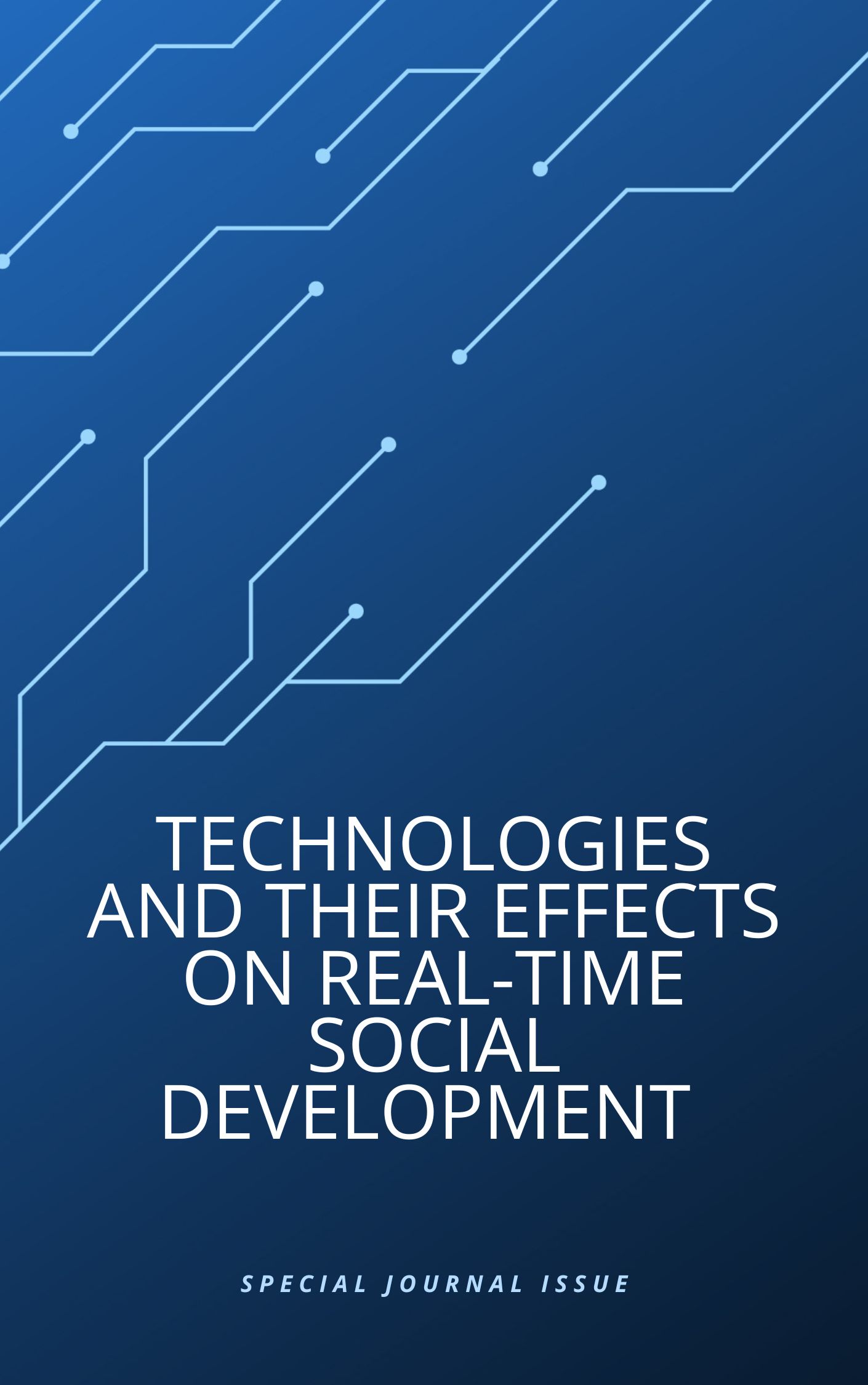Stagnant Power Aware High Secure Digital Chaotic Pseudo Random Number Generator Using AAES
Main Article Content
Abstract
Article Details

This work is licensed under a Creative Commons Attribution-NonCommercial 4.0 International License.
References
Hameedi, B. A., Hatem, M. A., & Hasoon, J. N. (2024). Dynamic Key Generation Using GWO for IoT System. JOIV: International Journal on Informatics Visualization, 8(2), 819-825.
Sathananthavathi, V., Ganesh Kumar, K., & Sathish Kumar, M. (2024). Secure visual communication with advanced cryptographic and ımage processing techniques. Multimedia Tools and Applications, 83(15), 45367-45389.
Tiwari, D., Mondal, B., & Singh, A. (2023). Fast encryption scheme for secure transmission of e-healthcare images. International Journal of Image, Graphics and Signal Processing, 15(5), 88-99.
Al-Khasawneh, M. A. S., Faheem, M., Aldhahri, E. A., Alzahrani, A., & Alarood, A. A. (2023). A MapReduce based approach for secure batch satellite image encryption. IEEE Access, 11, 62865-62878.
El-Bourgy, A. W. M. H. (2024). Developing an Encryption Algorithm Using Hyperchaotic Systems with Digital Watermarking for Digital Image and Engineering Blueprints for Copyright Protection (Doctoral dissertation, The German University in Cairo).
P. K.Venkateswar Lal. (2024). A Multi-Objective Direction of Arrival Estimation Technique Minimizing Energy Consumption in Wireless Sensor Network. Journal of Computer Allied Intelligence, 2(4), 36-50.
Priyanka, T. M. C., Udhayakumar, K., Mohanrasu, S. S., Gowrisankar, A., & Rakkiyappan, R. (2024). Chaotic synchronization and fractal interpolation-based image encryption: exploring event-triggered impulsive control in variable-order fractional lur’e systems. Multimedia Tools and Applications, 83(21), 60279-60318.
Anitha, R., & Vijayalakshmi, B. (2022). Image Encryption Using Multi-Scroll Attractor and Chaotic Logistic Map. Computers, Materials & Continua, 72(2).
Sharma, S. R., Singh, B., & Kaur, M. (2024). A hybrid encryption model for the hyperspectral images: application to hyperspectral medical images. Multimedia Tools and Applications, 83(4), 11717-11743.
Tejinder Sharma, & Narinder Sharma. (2024). Comparative Analysis of Load Balancing and Service Broker Algorithms in Cloud Computing. Journal of Computer Allied Intelligence, 2(6), 19-50.
Atharvan, G., Koolikkara Madom Krishnamoorthy, S., Dua, A., & Gupta, S. (2022). A way forward towards a technology‐driven development of industry 4.0 using big data analytics in 5G‐enabled IIoT. International journal of communication systems, 35(1), e5014.
Srinivasa Sai Abhijit Challapalli. (2024). Optimizing Dallas-Fort Worth Bus Transportation System Using Any Logic. Journal of Sensors, IoT & Health Sciences, 2(4), 40-55.
Sangeetha, Y., Majji, S., Srinagesh, A., Patnala, T. R., Nalajala, S., & Prathap, B. R. (2023). Authentication of symmetric cryptosystem using anti-aging controller-based true random number generator. Applied Nanoscience, 13(2), 1055-1064.
Almaraz Luengo, E., & Román Villaizán, J. (2023). Cryptographically Secured Pseudo-Random Number Generators: Analysis and Testing with NIST Statistical Test Suite. Mathematics, 11(23), 4812.
Gafsi, M., Abbassi, N., Amdouni, R., Hajjaji, M. A., & Mtibaa, A. (2022, May). Hardware implementation of a strong pseudo-random numbers generator with an application to image encryption. In 2022 IEEE 9th International Conference on Sciences of Electronics, Technologies of Information and Telecommunications (SETIT) (pp. 510-515). IEEE.
Srinivasa Sai Abhijit Challapalli. (2024). Sentiment Analysis of the Twitter Dataset for the Prediction of Sentiments. Journal of Sensors, IoT & Health Sciences, 2(4), 1-15.
Chhabra, S., & Lata, K. (2022). Hardware Obfuscation of AES IP Core Using PUFs and PRNG: A Secure Cryptographic Key Generation Solution for Internet-of-Things Applications. SN Computer Science, 3(4), 303.
Almaraz Luengo, E. (2022). A brief and understandable guide to pseudo-random number generators and specific models for security. Statistic Surveys, 16, 137-181.
Roh, H., & Choi, W. S. (2023, October). Design of Energy-Efficient Cryptographically Secure Pseudo-Random Number Generators Using High-Level Synthesis. In 2023 20th International SoC Design Conference (ISOCC) (pp. 351-352). IEEE.
He, D., Huang, W., Chen, L., & Chan, S. (2024). A Secure and Efficient Software Random Number Generator Applicable to the Internet of Things. IEEE Internet of Things Journal.
Seyhan, K., & Akleylek, S. (2022). Classification of random number generator applications in IoT: A comprehensive taxonomy. Journal of Information Security and Applications, 71, 103365.
Agnihotri, P., & Mittal, P. A. (2023, June). An Efficient approach of True Random Number Generation using A Data encryption method in Security & cryptography algorithm. In 2023 International Conference on IoT, Communication and Automation Technology (ICICAT) (pp. 1-8). IEEE.
Popereshnyak, S., Novikov, Y., & Zhdanova, Y. (2024). Cryptographic system security approaches by monitoring the random numbers generation. Cybersecurity Providing in Information and Telecommunication Systems II 2024, 3826, 301-309.
Bikos, A., Nastou, P. E., Petroudis, G., & Stamatiou, Y. C. (2023). Random Number Generators: Principles and Applications. Cryptography, 7(4), 54.
Gupta, M. D., & Chauhan, R. K. (2022). Recent development of hardware-based random number generators on fpga for cryptography. In VLSI, Microwave and Wireless Technologies: Select Proceedings of ICVMWT 2021 (pp. 489-500). Singapore: Springer Nature Singapore.
Álvarez, R., Martínez, F., & Zamora, A. (2022). Improving the statistical qualities of pseudo random number generators. Symmetry, 14(2), 269.
Gołofit, K. (2024). Security primitives for memoryless IoT devices based on Physical Unclonable Functions and True Random Number Generators. Scientific Reports, 14(1), 24060.
Amael, J. T., Natan, O., & Istiyanto, J. E. (2024). High-Security Hardware Module with PUF and Hybrid Cryptography for Data Security. arXiv preprint arXiv:2409.09928.
